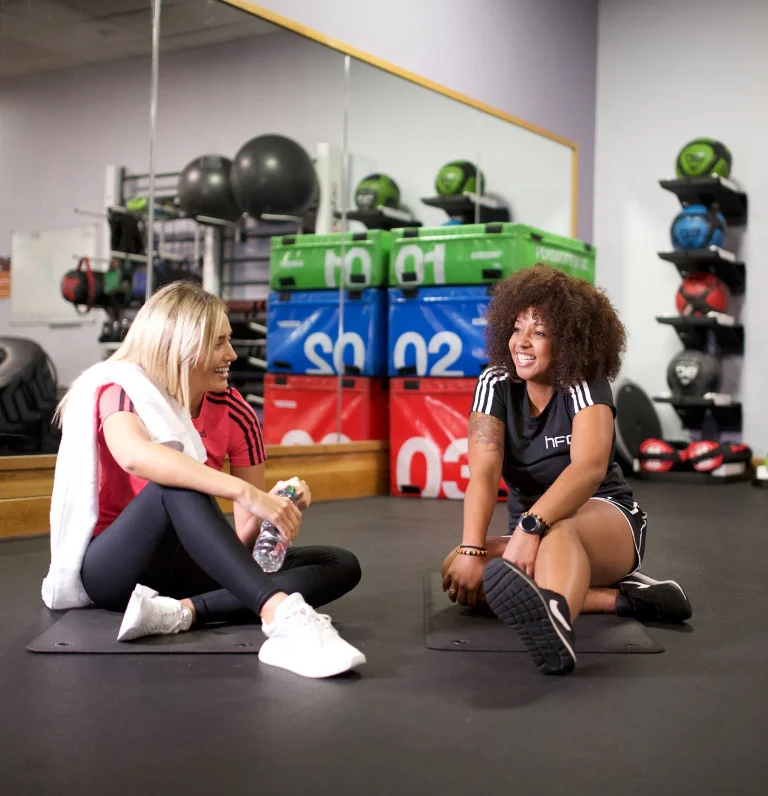If you have ever performed a bench press, you will know how simple and effective this exercise is for developing the strength and size of the pectoral muscles. What you won’t perhaps appreciate is how devastating this and similar exercises are to the function of the shoulder (glenohumeral) joint.
Shoulder impingement syndrome, sometimes called ‘swimmers shoulder’ is one of the most common causes of shoulder pain and results in a clicking, grinding and crunching feeling within the glenohumeral joint. These symptoms are created when the ‘rotator cuff’ muscles, which hold the ball of the humerus (upper arm) into the socket of the scapula (shoulder blade) becomes weakened and inflamed, allowing unwanted movement to occur within the shoulder complex. This inflammation and weakening at the rotator cuff muscles also creates a laxity within the ball and socket joint, which places even more strain on the stabilising muscles and connective tissues. These symptoms are analogous to those of ‘bursitis’ and ‘tendinitis’. Because the structures in the shoulder complex are within such close proximity to each other, swelling and inflammation in one area can quickly place additional strain on the neighbouring structures.
Exercises which load the shoulders and force the elbows to pass behind the mid-shoulder line(bench press, press behind neck and lateral pull-down behind neck) place excessive strain on the ‘rotator cuff’ muscle group. This strain can be likened to a nipping and scratching action on the belly of the muscles which ultimately weakens them. As these muscles become weaker, they are less able to stabilise the shoulder joint. At this point you might be saying, “what if I only perform the exercise to 90°, the elbow won’t pass behind the shoulder right?” well-read on….
Scapulohumeral rhythm describes the relationship between the range of movement from the glenohumeral joint and that occurring from the scapula. In essence, for every 30° of movement that occurs from the glenohumeral joint, a further 10° of rotation occurs at the scapula. When lying on a bench with the arms loaded, the scapula are unable to rotate which means the entire load from the bar is transferred again to the glenohumeral joint and it’s supporting structures- the rotator cuff and shoulder ligaments. This strain further exacerbates the shoulder impingement syndrome and if repeated over longer periods is likely to progress the condition from a ‘clicking’ shoulder to a ‘painful’ shoulder.
One way of combating this problem is by performing a chest press using dumbbells using a deformable surface like a stability ball or BOSU platform. From such surfaces, the scapulae are able to more effectively rotate and thus maintain the optimal scapulohumeral rhythm. Care should still be taken when performing this exercise to ensure that the elbows don’t pass behind the shoulder joint- thus an angle of 90 or less is recommended.
As a Fitness Instructor or Personal Trainer, it is essential that you understand these principles in order to better protect yourself and your clients from injury and harm.

